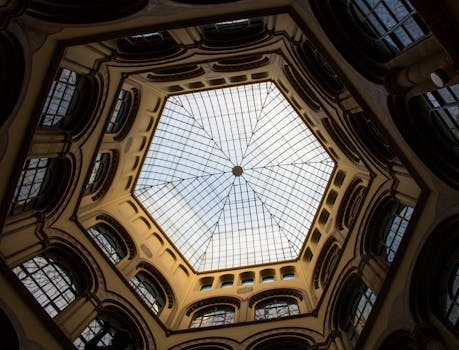
Traveling Through Time: How Europe’s Historical Heritage Shapes Modern Lifestyles in 2025
Traveling Through Time: How Europe’s Historical Heritage Shapes Modern Lifestyles in 2025. Europe, a continent steeped in history and tradition, has a unique ability to blend the old with the new. From the ancient ruins of Greece and Rome to the modern cities of London and Paris, Europe’s historical heritage continues to shape modern lifestyles in 2025. In this article, we will explore how Europe’s rich history has influenced the way people live, work, and interact with one another.
Introduction to Europe’s Historical Heritage
Europe’s historical heritage is a treasure trove of cultures, traditions, and architectural styles. The continent is home to some of the world’s most famous landmarks, including the Eiffel Tower, the Colosseum, and Big Ben. These iconic structures have not only become symbols of their respective cities but have also shaped the way people live and interact with one another. For example, the Eiffel Tower, built for the 1889 World’s Fair, has become a symbol of Paris and one of the most recognizable landmarks in the world.
The Impact of Historical Heritage on Modern Lifestyles
The impact of historical heritage on modern lifestyles can be seen in various aspects of European life. From the way people dress and eat to the way they work and entertain themselves, historical heritage has played a significant role in shaping modern lifestyles. For instance, the traditional European cuisine, which includes dishes such as pasta, pizza, and fish and chips, has been influenced by the continent’s historical heritage. Similarly, the way people dress, with a focus on elegance and sophistication, has been shaped by the fashion traditions of Europe.
In addition to its impact on culture and tradition, historical heritage has also influenced the way people work and interact with one another. The concept of work-life balance, which is highly valued in European cultures, has its roots in the continent’s historical heritage. The idea of taking time off to enjoy life and pursue hobbies and interests is a legacy of the European aristocracy, who valued leisure and pleasure above all else.
PRESERVING HISTORICAL HERITAGE FOR FUTURE GENERATIONS
As we move forward in time, it is essential to preserve Europe’s historical heritage for future generations. This can be achieved through various means, including restoration and conservation efforts, as well as education and awareness programs. By preserving historical heritage, we can ensure that the cultural and traditional values of Europe continue to shape modern lifestyles and inspire future generations.
CONCLUSION
In conclusion, Europe’s historical heritage continues to shape modern lifestyles in 2025. From architecture to art and culture, the continent’s rich history has influenced the way people live, work, and interact with one another. As we move forward in time, it is essential to preserve this heritage for future generations, so that they can continue to draw inspiration from the past and build a better future.






